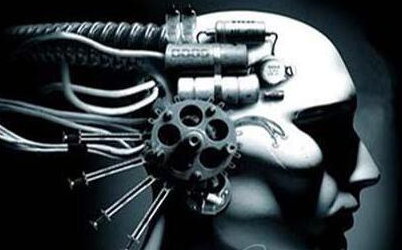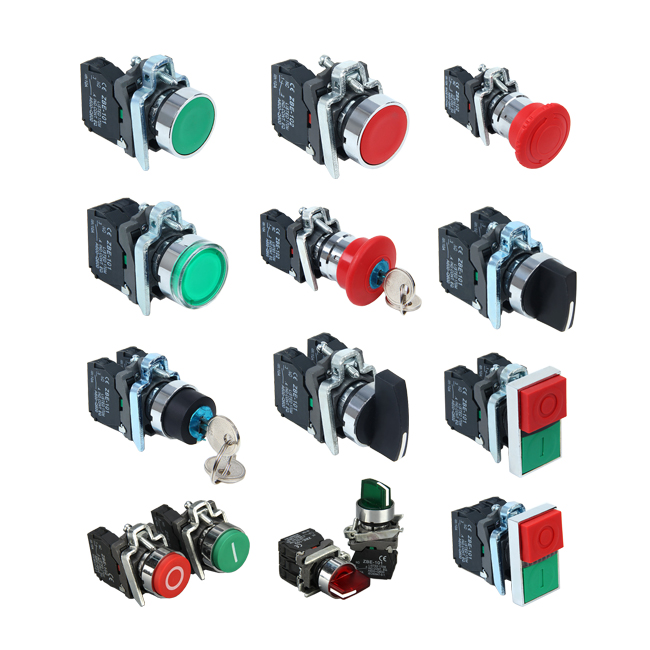The competitiveness of German companies is not necessarily derived from Industry 4.0, but the result of its long-term steady development and continuous innovation and improvement. Industry 4.0 is only one of the sources of competitiveness of enterprises. It is not all, and it cannot solve the difficult problems of the core technologies that many enterprises in China face. Therefore, it is important to guide our enterprises to face up to their own problems and to be down-to-earth. In order to gain a deeper understanding of the progress of German Industry 4.0, we recently conducted field research in Germany and Austria, visited the Central Research Institute of the German Bosch Group and its several important factories in Germany and Austria, the Fraunhofer Institute, etc. The organization has focused on in-depth exchanges with frontline managers and employees, and has gained some new inspiration. German frontline managers and employees have a general understanding of Industry 4.0 The frontline managers and employees who have discussed with us have basically worked in the company for more than 20 years. They have a deep understanding of the process of enterprise transformation and upgrading. Their understanding mainly comes from the frontline practice. 1. Industry 4.0 is more "evolution (evoluTIon)" than "revoluTIon" On the one hand, Industry 4.0 is the result of continuous advancement and integration of many types of advanced technologies, and there is currently no single core technology that has a decisive impact like a steam engine. On the other hand, the application of these advanced technologies has a long history. For example, Siemens began digitally transforming the factory in 1982. The Volkswagen Group used 3D printing technology in R&D and design in 1995. The Bosch Group has more than 15 years of practical experience in “machine interconnectionâ€. The improvement of production efficiency of enterprises is generally continuous and not leaping. In fact, many frontline managers believe that Industry 4.0 can be seen as a continuation of lean production. 2, to achieve Industry 4.0, the most critical factor is people, the most difficult is also people The Bosch Group proposes that the ultimate goal of digital and intelligent transformation of factories is to provide better decision support and support for employees and managers. Efficiency improvement ultimately depends on people's decision-making and actions. For example, for those "silent knowledge" that were originally attached to engineers, digital tools can be used to "explicitly" record, organize, and accumulate and standardize applications, thereby improving the efficiency of new employees. At the same time, the most important challenge for achieving Industry 4.0 is also focused on human resources, including the difficulty of changing employee concepts and the speed of knowledge update. Most of the employees currently on the job lack the early experience of applying digital technology, the content and procedures of the work. And the environment has changed significantly. 3. The realization of Industry 4.0 will be a long-term process. They believe that there is currently no factory that can fully realize the vision of Industry 4.0. The survey found that some factories in Germany that produce their most globally competitive products, such as the Bosch Group's factories that produce high-pressure common rail nozzles for diesel engines, are only partially using some of the applications of Industry 4.0. Most front-line managers believe that it takes at least 15 years for European and American countries to truly realize Industry 4.0. 4. The application progress of Industry 4.0 is very different in different industries. At present, the application of the two types of industries is progressing rapidly. The first category is industries with multiple varieties, small batches, high precision requirements, and strong delivery timeliness, such as industrial component manufacturing; the other is the number of parts. Many industries with complex production organizations, such as automobile manufacturing. The rest of the industry is relatively slow. For example, the pharmaceutical manufacturing industry has long been more concerned about drug safety than cost control, and most of the manufacturing processes are not even 3.0. Inspiration Combining the previous understanding and the research situation, we have the following understandings of Industry 4.0 and its reference to China. 1. From the perspective of implementation, Industry 4.0 is a complete system based on consensus and division of labor. Industry 4.0 is rich in content, including technological revolution, production organization reform, standard system construction, business model reengineering and value chain reconstruction. However, from the perspective of how to promote the realization, Industry 4.0 can be regarded as a complete system based on consensus and division of labor. The stakeholders in German manufacturing have the same “discourse system†for the path of improving competitiveness. Government departments, various types of enterprises and research institutes have a clear understanding of their positioning and tasks in Industry 4.0. Knowing all parties is an indispensable part of building this grand industrial ecosystem. Therefore, Industry 4.0 is not a plan, not just a vision display, but also a program of action for all parties to reach consensus and work together. The significance of this reference lies in whether the success of planning or planning depends more on whether the consensus of the parties is reached to the maximum during the formation process in the early stage, and the balance of cooperation and win-win for all parties involved in the development stage and basic national conditions is found. 2. To correctly understand the relationship between Industry 4.0 and corporate competitiveness, Industry 4.0 can only be one of the choices for transformation and upgrading of some enterprises. Industry 4.0 is a system solution proposed by Germany for its own industrial development problems. It is mainly to solve the problem of further improving efficiency after the technology research and development and quality control reach a certain level. The survey found that in some very competitive factories in Germany, the application of Industry 4.0 is not too much. The reason is that the initial investment of Industry 4.0 is very large, and it is not the most effective way to solve the main problems facing the factory. The competitiveness of German companies is not necessarily derived from Industry 4.0, but the result of its long-term steady development and continuous innovation and improvement. Industry 4.0 is only one of the sources of competitiveness of enterprises. It is not all, and it cannot solve the difficult problems of the core technologies that many enterprises in China face. Therefore, it is important to guide our enterprises to face their own problems and to be down-to-earth. We can encourage enterprises that need to introduce Industrial 4.0 solutions, but at the same time support enterprises to constantly find more economical transformation and upgrading programs that are more in line with their own needs. Squat up. 3, should be cautious about "machine replacement people" and other similar formulations The survey found that many German frontline managers have reservations about the “machine replacement personâ€. We understand that in addition to the tight labor market in Germany and the strong organization of trade unions, it is more important that this will lead to tensions between managers and employees, and reduce the consensus on the transition and upgrading of enterprises, and in the short term. Machine replacement is neither realistic nor economical in many areas. We believe that this view is useful for reference. We must firmly establish the concept that "people are the core elements" and try to reduce and avoid the negative impact of similar formulations on the broad masses of workers.
XB4 series Pushbutton Switch are used in industrial for controlling circuits of AC50Hz or 60Hz,rated operation voltage 380V or below and DC operational Voltage 220V or below for controlling in magnetic starter, contactor,relay and other electrical circuits. The buttons indicators can also be used in the place with indicated light or signal. They meet with the standards: IEC 60947-5-1.
XB4 Series Metal Pushbutton Switch is the new design in the field of Push Button Switch. Which with stronger metal plate and very easy to be installed.
XB4 Series Pushbtton Switch,Push Button Power Switch,Mini Push Button Switch,Push Button Lamp Switch Ningbo Bond Industrial Electric Co., Ltd. , https://www.bondelectro.com
